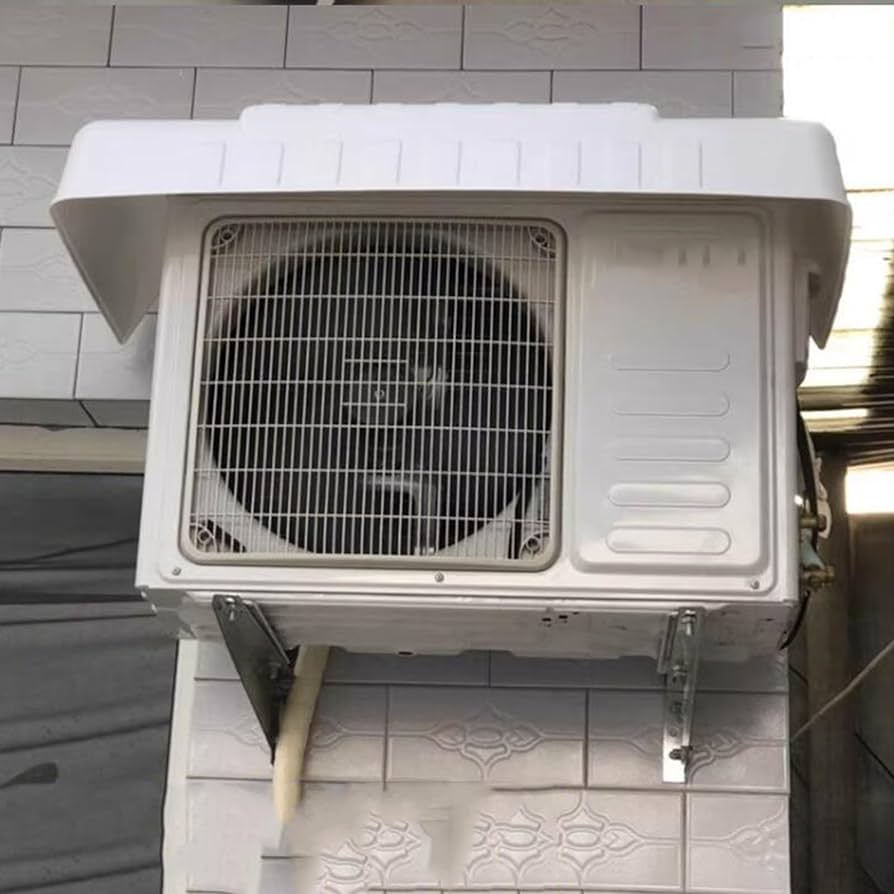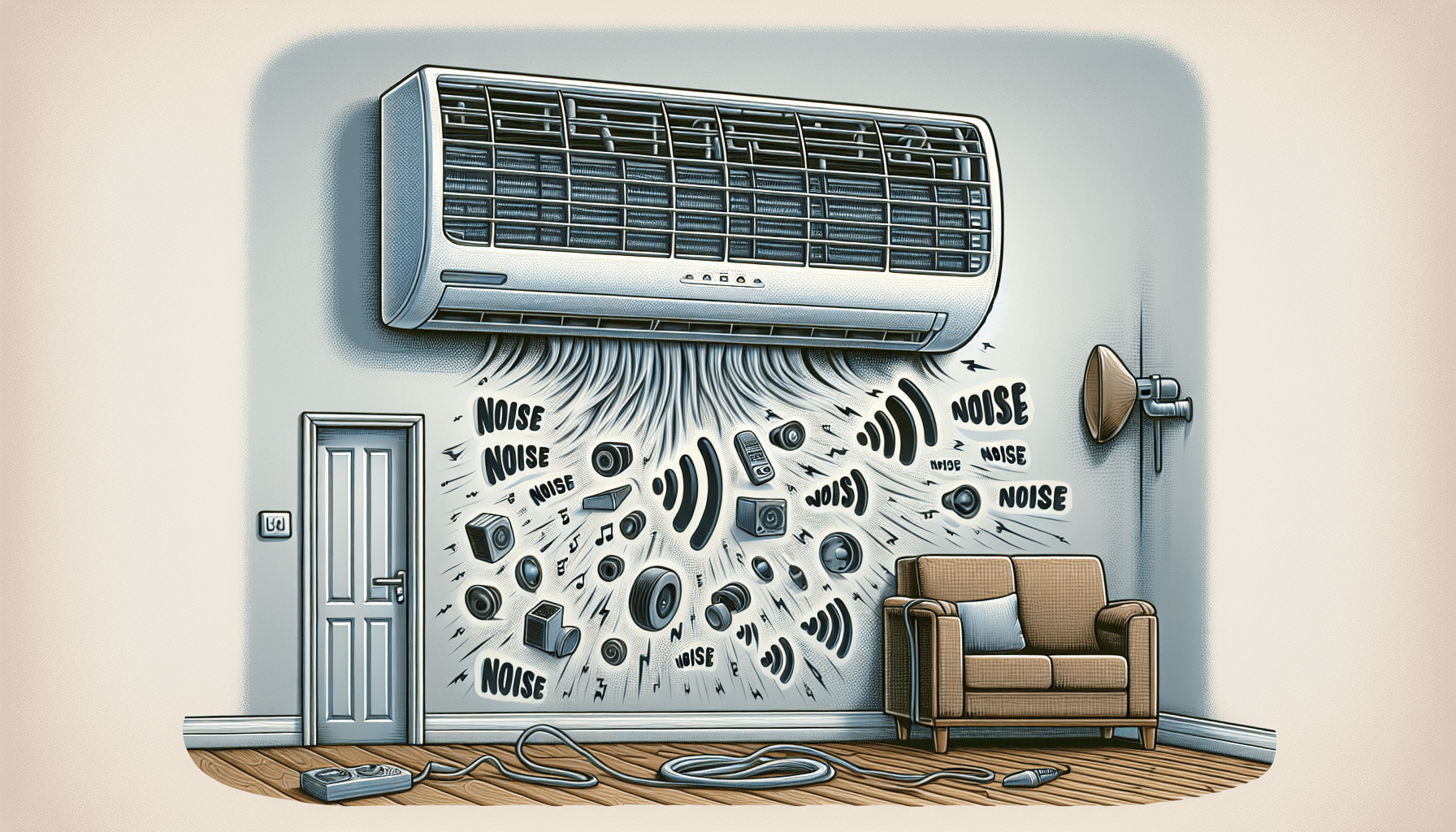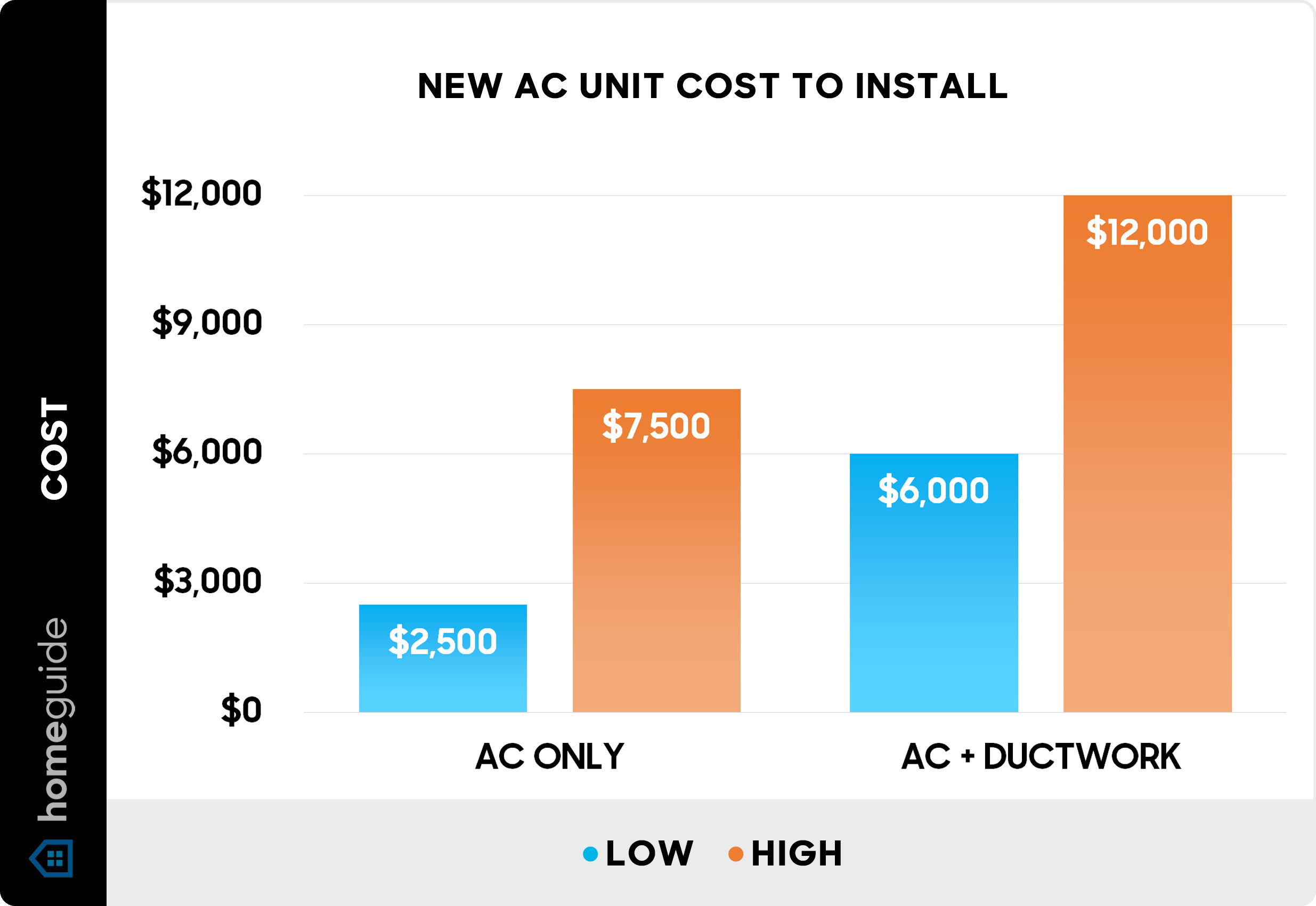If you want to keep your AC outdoor unit running smoothly and efficiently, protecting it from the harsh sunlight is essential. Excessive exposure to the sun can not only cause your unit to overheat but also reduce its overall lifespan. Luckily, there are simple and effective ways to shield your AC outdoor unit from the sun’s rays. From strategic placement to shading options, we’ll explore practical tips that will help you safeguard your AC unit in this article. Say goodbye to overheating and hello to a cooler, more durable air conditioning system!
Importance of Protecting AC Outdoor Unit from Sunlight

1.1 Prevents overheating and damage
The outdoor unit of your AC is susceptible to overheating when exposed to direct sunlight for prolonged periods. When the unit overheats, it not only affects its performance but also puts unnecessary strain on the system, leading to potential damage. By protecting the outdoor unit from sunlight, you can prevent overheating and ensure the AC operates at its optimal temperature.
1.2 Enhances energy efficiency
When your AC outdoor unit is constantly exposed to direct sunlight, it absorbs the heat and becomes hotter. This heat transfer results in the AC working harder to cool the surrounding air, leading to increased energy consumption. By shielding the outdoor unit from sunlight, you can minimize heat absorption and improve the energy efficiency of your AC system, ultimately reducing your energy bills.
1.3 Extends the lifespan of the AC unit
Excessive exposure to sunlight can cause wear and tear on the outdoor unit, leading to premature aging and reduced lifespan. By protecting the unit from direct sunlight, you can prevent unnecessary damage and extend the overall lifespan of your AC system. This not only saves you money on expensive repairs or replacements but also ensures your AC operates efficiently for a longer period.
2. Choose a Suitable Location for the Outdoor Unit
2.1 Consider shade and direct sunlight exposure
When selecting a location for your AC outdoor unit, choose an area that receives limited direct sunlight. Look for shaded spots on the side of your house or consider positioning the unit in a spot where foliage, structures, or neighboring buildings provide natural shade throughout the day. This will help minimize the amount of sunlight the unit is exposed to, thus protecting it from overheating.

2.2 Avoid placing the unit near reflective surfaces
Reflective surfaces such as white walls, glass windows, or metallic structures can amplify the amount of sunlight directed towards the outdoor unit. This can significantly increase the heat absorbed by the unit, leading to overheating and reduced efficiency. To avoid this, place the unit away from such surfaces and choose a location with minimal reflection of sunlight.
2.3 Ensure proper airflow around the unit
Proper airflow is crucial for the efficient operation of the outdoor unit. When installing the unit, ensure that there is ample space around it for easy air circulation. Avoid placing the unit too close to walls, fences, or other structures that could restrict the airflow. Good airflow helps dissipate heat and prevents the unit from overheating, thereby protecting it from potential damage.
3. Utilize Shading Techniques
3.1 Install a shading structure or awning
One effective way to protect your AC outdoor unit from sunlight is to install a shading structure or awning. These can be strategically placed above the unit to shield it from direct sunlight. Shading structures and awnings not only provide protection but can also enhance the overall aesthetic appeal of your outdoor area.
3.2 Use plants or trees to provide natural shade
Nature can be a great source of shade for your AC outdoor unit. Planting trees or strategically placing potted plants around the unit can create a natural barrier against sunlight exposure. Choose trees or plants with dense foliage that provide ample shade throughout the day. Not only will this protect your unit, but it will also add beauty to your outdoor space.
3.3 Install a cover or use AC unit shades
Another option to shield your outdoor unit from sunlight is to install a cover specifically designed for AC units. These covers are made from materials that reflect sunlight and provide effective protection against heat absorption. Alternatively, you can also use specially designed AC unit shades that attach directly to the unit and deflect sunlight, keeping it cooler and more efficient.
4. Maintain and Clean the Outdoor Unit
4.1 Regularly remove debris and vegetation around the unit
To protect the outdoor unit from sunlight, it is essential to routinely remove any debris or vegetation that accumulates around it. Leaves, branches, and other debris can obstruct airflow and trap heat, reducing the efficiency of the unit. Regularly clear the area surrounding the unit and ensure there is no clutter that hinders proper ventilation.
4.2 Keep the unit clean and free from dust
Dust and dirt can accumulate on the outdoor unit over time, reducing its performance and efficiency. To maintain optimal functioning, regularly clean the unit using a soft brush or a vacuum cleaner with a gentle nozzle attachment. Remove any dirt or dust that has settled on the unit’s surface, ensuring unobstructed airflow and preventing unnecessary heat buildup.
4.3 Schedule professional maintenance
To ensure the longevity and efficient operation of your AC outdoor unit, it is crucial to schedule regular professional maintenance. HVAC professionals have the knowledge and expertise to inspect and service your unit, checking for any potential issues and keeping it in top condition. Regular maintenance not only protects the unit from sunlight but also helps identify and address any other maintenance needs it may have.
5. Install Insulation Around the Unit

5.1 Opt for insulation materials with high reflectivity
Insulating the outdoor unit can greatly reduce its exposure to direct sunlight. Choose insulation materials with high reflectivity, such as reflective foil or radiant barriers. These materials reflect the sunlight away from the unit and prevent heat absorption, keeping the unit cooler and more efficient.
5.2 Ensure proper sealing and protection from direct sunlight
When installing insulation around the outdoor unit, make sure it is properly sealed to prevent any gaps or openings. Proper sealing ensures that sunlight cannot penetrate through and reach the unit. Additionally, the insulation should provide complete coverage and protection against direct sunlight from all angles.
5.3 Consult an HVAC professional for insulation options
Every AC system is unique, and the insulation requirements may vary accordingly. It is advisable to consult with an HVAC professional to determine the most suitable insulation options for your specific unit. They can assess your system’s needs, recommend the appropriate insulation materials, and ensure proper installation to maximize the protective benefits against sunlight exposure.
6. Use a Cover or Enclosure
6.1 Invest in a weather-resistant cover
Investing in a weather-resistant cover for your AC outdoor unit is an effective way to shield it from sunlight and other environmental elements. Look for covers made from durable and UV-resistant materials that can withstand harsh weather conditions. A well-fitted cover provides an extra layer of protection, ensuring the unit remains safe and protected from the sun’s harmful rays.

6.2 Consider using an AC enclosure
Another option to protect your outdoor unit is to consider using an AC enclosure. These enclosures provide comprehensive protection against sunlight, rain, wind, and other external factors that can affect the unit’s performance. AC enclosures are typically made from sturdy materials and are designed to blend seamlessly with your outdoor area.
6.3 Ensure proper ventilation and airflow with covers
While covers and enclosures offer protection, it is essential to ensure proper ventilation and airflow when using them. Proper airflow prevents heat buildup and allows the unit to function efficiently. Opt for covers or enclosures that have ventilation features or consult with an HVAC professional to ensure proper airflow while maintaining protection.
7. Opt for a High SEER-Rated AC Unit
7.1 Understand the SEER rating
SEER (Seasonal Energy Efficiency Ratio) rating is a measure of an air conditioner’s cooling efficiency. The higher the SEER rating, the more energy-efficient the unit. Understanding the SEER rating helps you choose an AC unit that is better equipped to handle sunlight exposure and maximize energy efficiency.
7.2 Choose a higher SEER-rated unit for better efficiency
When selecting an AC unit, prioritize those with higher SEER ratings, as they are designed to work efficiently even under challenging conditions. AC units with higher SEER ratings tend to have better insulation and improved components that can withstand sunlight exposure without compromising performance.
7.3 Consult with an HVAC professional for suitable options
To select the most suitable AC unit for your specific needs, it is recommended to consult with an HVAC professional. They can assess your cooling requirements, evaluate your outdoor environment, and recommend AC units with higher SEER ratings that are best suited to protect against sunlight exposure.
8. Install a Sunshade or Reflector
8.1 Mount a sunshade above the unit
Consider installing a sunshade above your AC outdoor unit as an additional protective measure against sunlight exposure. A sunshade can be mounted on a structure or directly on the unit itself, casting a shadow over the unit and reducing its exposure to direct sunlight. Ensure that the sunshade provides adequate coverage throughout the day for optimal protection.
8.2 Use reflective materials to redirect sunlight
Using reflective materials near the outdoor unit can help redirect sunlight away from the unit. Place reflectors or reflective sheets strategically to bounce sunlight in different directions, away from the unit. This will minimize heat absorption and reduce the strain on the AC system, optimizing its performance and efficiency.
8.3 Take precautions to avoid excessive heat reflection
While utilizing reflectors or reflective materials, it is essential to take precautions to avoid excessive heat reflection. Excessive heat reflection can result in overheating and potential damage to the outdoor unit or other nearby structures. Position the reflective materials carefully and ensure they are not unintentionally causing heat buildup or creating hotspots.
9. Regularly Monitor and Maintain the Surrounding Environment
9.1 Check for changes in shade or sunlight exposure
Keep an eye on the surrounding environment to identify any changes in shade or sunlight exposure around your outdoor unit. Trees, plants, or structures may shift or grow, potentially altering the amount of shade provided. Regularly assess the area and make adjustments as needed to ensure continuous protection from sunlight exposure.
9.2 Trim trees and plants to maintain shade
Over time, trees and plants may grow, casting less shade on the outdoor unit. Regularly trim any overhanging branches or foliage that may be obstructing or reducing shade. By maintaining adequate shade, you can protect the outdoor unit from direct sunlight and ensure its optimal performance.
9.3 Avoid placing objects that hinder proper airflow
Ensure that no objects or obstacles obstruct the proper airflow around the outdoor unit. Items such as gardening equipment, outdoor furniture, or potted plants should be placed at a reasonable distance, allowing free airflow. Proper airflow assists in heat dissipation and prevents the unit from overheating, contributing to its protection from sunlight.
10. Seek Professional Advice
10.1 Consult with HVAC professionals for expert guidance
When it comes to protecting your AC outdoor unit from sunlight, it is always best to seek professional advice. HVAC professionals have the knowledge and expertise to assess your specific situation, recommend the most suitable protective measures, and provide guidance on keeping your unit safe, efficient, and long-lasting.
10.2 Get recommendations on specific protective measures
Every AC system and outdoor environment has unique requirements. By consulting with HVAC professionals, you can receive personalized recommendations on the specific protective measures that will best suit your needs. They can evaluate factors such as climate, location, and system specifications to provide tailored advice for optimum protection.
10.3 Understand the unique requirements of your AC unit
Finally, it is important to understand the unique requirements of your AC unit. Each unit has its own specifications and vulnerabilities. By familiarizing yourself with your specific unit’s needs, you can take appropriate measures to protect it from sunlight exposure. Refer to your unit’s manual or consult an HVAC professional for detailed information regarding your specific AC system.
In conclusion, protecting your AC outdoor unit from sunlight is crucial for its optimal performance and longevity. By preventing overheating, enhancing energy efficiency, and extending the unit’s lifespan, you can save on energy costs, costly repairs or replacements, and ensure a comfortable living environment. Utilize shading techniques, maintain and clean the unit, install insulation, use covers or enclosures, choose high SEER-rated units, and seek professional advice to effectively protect your AC outdoor unit from sunlight. Remember, a well-protected unit is a happy and efficient unit!





